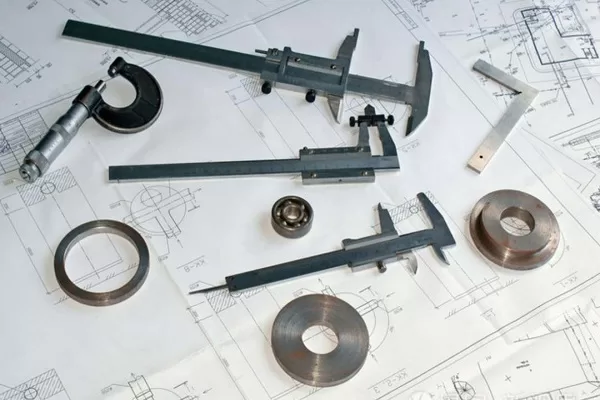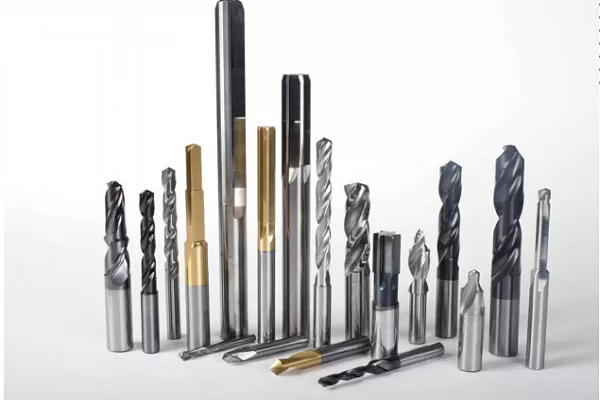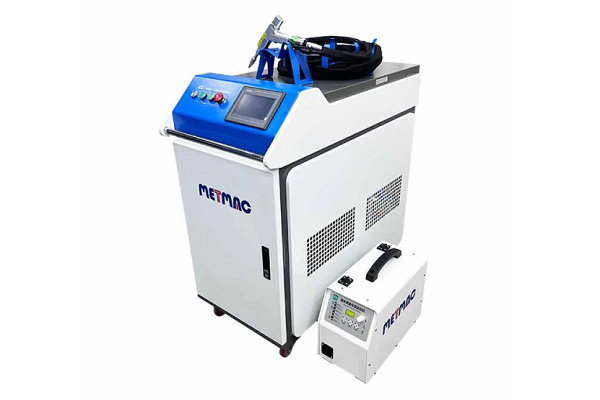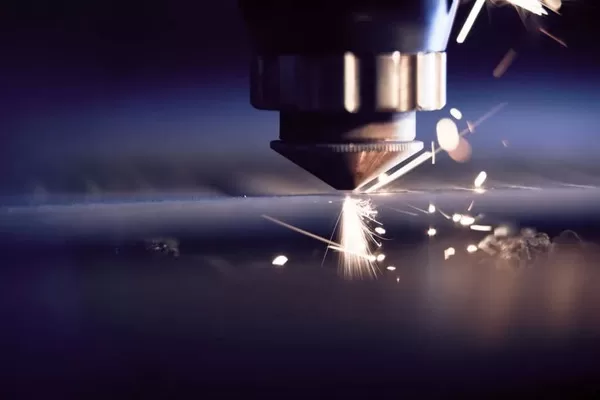
Crafting Quality- Ensuring Durability with Metal Bending Brakes
- By:Metmac
- 2024-05-13
- 56
In the realm of metal fabrication, where precision and durability are paramount, metal bending brakes hold a crucial position. As essential tools for shaping and forming sheet metal, these machines require meticulous craftsmanship to ensure the resulting products exhibit exceptional longevity and performance. This article explores the intricate art of crafting quality metal bending brakes, highlighting the key factors that underpin their enduring reliability.
Structural Integrity: A Foundation of Strength
The structural integrity of a metal bending brake forms the bedrock of its durability. A robust frame, constructed from high-strength materials, provides a solid foundation for the machine’s operations. Precision-machined components, such as the bending beam, ensure accurate and consistent bending angles, minimizing material stress and reducing the risk of premature failure.
Precision Engineering: Achieving Exacting Tolerances
The heart of a quality metal bending brake lies in its precision engineering. A well-calibrated machine ensures consistent bending results, minimizing the need for rework and enhancing overall productivity. Key elements include precision ball screws, which facilitate smooth and precise beam movement, as well as sophisticated control systems that allow operators to fine-tune bending parameters.
Hydraulic Power: Unleashing Controlled Force
Hydraulic systems play a pivotal role in the operation of metal bending brakes. High-pressure hydraulics generate the immense force required for bending thick metal sheets. Advanced hydraulic cylinders ensure smooth, controlled motion, reducing the risk of material distortion and ensuring precise bending results.
Tooling Versatility: Adapting to Diverse Applications
Modern metal bending brakes are equipped with a wide range of tooling options, enabling them to handle various materials and thicknesses. From simple leaf-style punches and dies to more intricate CNC-controlled tooling, these machines offer the versatility needed to produce a diverse array of complex shapes and profiles.
Operator Expertise: Harnessing Skill and Experience
While the quality of the machine itself is paramount, the skill and experience of the operator also significantly contribute to the durability of the finished product. Well-trained operators understand the intricacies of the bending process, ensuring optimal machine settings and proper material handling to minimize wear and tear.
Regular Maintenance: Preserving Optimal Performance
Regular maintenance is essential for extending the lifespan of metal bending brakes. Regular lubrication, periodic inspections, and timely replacement of worn components ensure that the machine operates at its peak performance, reducing the likelihood of unexpected breakdowns and costly repairs.
Conclusion: The Mark of Excellence
Crafting quality metal bending brakes is a meticulous process that requires a deep understanding of engineering principles, precision manufacturing techniques, and the importance of operator expertise. By adhering to the highest standards in design, construction, and maintenance, manufacturers and users can ensure that these essential machines deliver exceptional durability and unwavering performance, empowering them to create products that stand the test of time.
-
The Advantages of Using a Sheet Roll Forming Machine in Manufacturing
2024/09/14 -
How to Optimize Your Laser Sheet Cutting Machine for Maximum Performance
2024/09/12 -
How to Maximize Efficiency with Modern Sheet Metal Working Machines
2024/09/04 -
The Environmental Benefits of Using Duct Board Grooving Machines
2024/09/03
-
A Guide to the Latest Innovations in Sheet Metal Folding Machines
2024/11/29 -
Key Features to Consider When Investing in a Sheet Metal Folding Machine
2024/11/28 -
Enhancing Precision with Advanced Sheet Metal Folding Machines
2024/11/27 -
How to Choose the Right Sheet Metal Folding Machine for Your Workshop
2024/11/26



